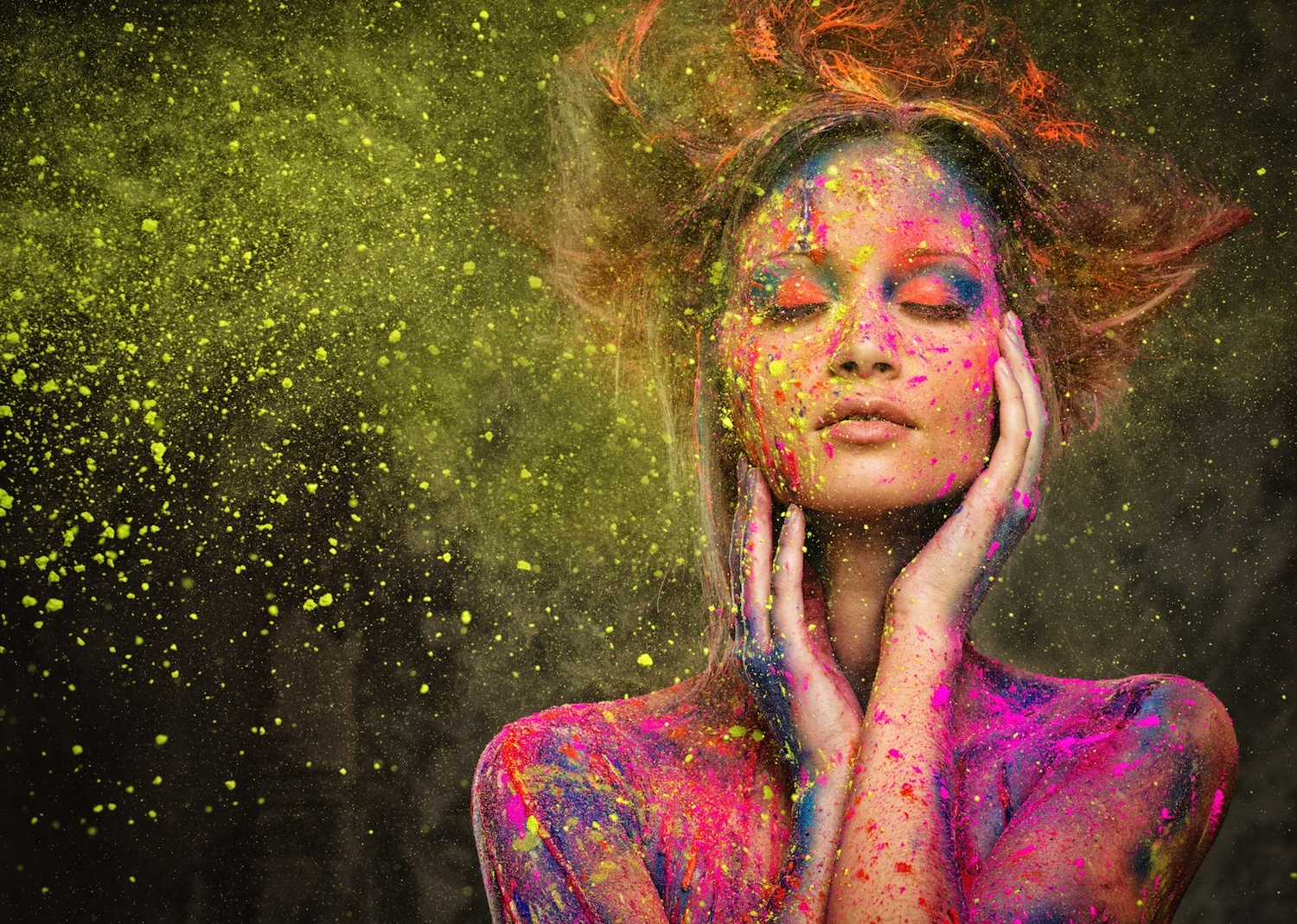The Australia Council for the Arts released new research in November that examines the economic conditions faced by practising professional artists in Australia and their increasing value to society and the future of work.
Making Art Work: An Economic Study of Professional Artists in Australia by David Throsby and Katya Petetskaya is the sixth in a series carried out independently over 30 years by Professor Throsby at Macquarie University, with funding from the Australia Council.
For the first time the Council has produced a companion report which provides a summary and response to the artist survey. Making Art Work: A summary and response by the Australia Council for the Arts places the findings alongside other literature and analysis to explore the wider context for Australian artists.
Australia Council CEO Tony Grybowski said that the arts are central to the lives of Australians and have a critical role as we navigate accelerated technological and social change as a nation. Given this research highlights increasing challenges to maintaining a viable career as a professional artist in Australia, Grybowski said that action is needed to ensure the immense value artists provide to our culture, identity and economy is not further compromised.
“If we want Australian stories to keep being told and Australia’s diverse artistic talent to succeed locally and internationally we must consider the support structures, protections and remuneration of Australian artists,” Grybowski said.
The research highlights that artists’ skills and capabilities are also considered to be among those least likely to be automated and increasingly sought in the workforces of the future. Artists are well placed to respond to accelerated technological and social change. Artists imagine new possibilities, embracing experimentation and disruption – maintaining the crucial connection to what it means to be human.
Professor David Throsby said the study, which is based on almost 1,000 Australian professional artists surveyed during late 2016 and early 2017, highlights ongoing and increasing challenges to ensuring artist careers continue to be sustainable in Australia.
“Artists are highly skilled professionals with a passionate commitment to their craft – but too often they are expected to work for love not money. The digital environment presents new opportunities and challenges for artists. There are more ways to connect with audiences and distribute work, but also greater exposure to unauthorised exploitation of ideas and labours,” Professor Throsby said.
Making Art Work shows we are at a critical point in Australian cultural life. The Australia Council for the Arts believes it is vital that we recognise and support professional artists to ensure we can make art work into the future.
Key findings:
– Average total annual incomes for professional artists in Australia are 21% below the Australian workforce average, and income from creative work has decreased by 19% since the last survey in 2009. This is at odds with the increasing value that Australians place on the arts.
– Disparities in representation and income persist: 9% of artists identify with disability and 10% as having non-English speaking background, compared to 18% and 19% respectively across the Australian population. Female artists earn 25% less than male artists overall, and 30% less for creative work. Artists with disability earn 42% less overall than artists without disability, compared to 8% in the last survey.
– Almost eight in 10 artists (77%) mix creative practice with other work, in arts-related roles and outside the arts. Half (51%) apply their creative skills in other industries, up from 36% in 2009. Much of this is due to necessity rather than choice, with 66% of artists stating they would like to spend more time on their creative practice. However, it also suggests opportunities for arts practice to take new and varied forms, and underlines artists’ transferable skills and interdisciplinary thinking – abilities considered vital for innovation and future workforce needs.
– A willingness to obtain new skills is considered essential as workforces prepare for jobs that have not yet been imagined. Artists embody a sense of lifelong learning, with seven in 10 (at all career stages) still engaged in training (72%, up from 39% in 2009).
– Over half (51%) of artists work across more than one art form, up from 43% in 2009. Some crossovers are more predictable (47% of composers also play music or sing), and others less so (28% of dancers also create visual art).
– Digital disruption is providing opportunities and challenges for artists. Many artists are embracing new technology as the way forward. Almost seven in 10 regularly use technology in the process of creating art and 27% use the internet to create collaborative or interactive art with others, up from 14% in 2009. Four in 10 are selling work online through their own site (41%) and the same proportion are selling through a third party’s site (39%).
– One third (33%) of artists report having received payment through a copyright collecting society, more than double the 15% in 2009. Around a quarter (26%) report their copyright has been infringed in some way, and 21% their moral rights. Increased audience expectations for free content, and opportunities for misappropriation and unauthorised exploitation, pose significant challenges to artists’ rights and livelihoods.
– Artists draw on a range of structures and entities to support creative work – 30% report applying to the Australia Council between 2010 and 2015, 26% to state and territory governments and 24% to arts organisations.

















